What happens when imagination meets the treasures of the museum? We’ll find out in this Halloween-themed workshop, where children and families will be inspired by the collections to design and create unique jewelry. An opportunity to have fun, explore, and bring to life some delightfully spooky—but truly precious—creations!
NEXT WORKSHOPS

Sunday, 28 December 2025
h 10:30 - 12:00
" The Enchantment of Wishes "
Let’s make the new year shine! In this special workshop, children and their families will create a precious decorative object: a dreamcatcher that reflects all the colors and wishes for the new year, making their room even more special and full of sparkle!

Sunday, 25 January 2026
h 10:30 - 12:00
" Secret Treasure Box "
A creative workshop where children can make their own personalized treasure box using recycled materials and lots of imagination. A hands-on activity that encourages creativity, respect for the environment, and the joy of “handmade” creations. Each child will take home a unique and special little masterpiece.

Sunday, 22 February 2026
h 10:30 - 12:00
" Yesterday’s Jewels, Today’s Creations "
Become a real goldsmith for a day! We will explore the collections dedicated to Vicentine art, focusing in particular on repoussé work. Children will be able to choose from a variety of materials to create a piece of jewelry that combines tradition and imagination.

Sunday, 29 March 2026
h 10:30 - 12:00
" Green and gold thumb "
A special adventure for little explorers: inspired by nature’s masterpieces in the museum, we will decorate a small pot that will become a precious home for the flowers we will make bloom.

Sunday, 26 April 2026
h 10:30 - 12:00
" Among Fabrics and Sparkles, Like Ladies and Knights "
With the help of the objects and paintings on display in the museum, we’ll take a leap into the past and become little ladies and young knights. We’ll be inspired by fabrics and special accessories to create a drawing that we’ll decorate with colorful and sparkling materials. A workshop full of imagination and fun!

Sunday, 24 May 2026
h 10:30 - 12:00
" The Enchanted World of Pearls "
We will learn all about pearls—their history and the role they have played over the centuries—guided by the objects on display in the museum. At the end, we will become little artists and, using beads, create a unique object to take home as a memento of the experience…


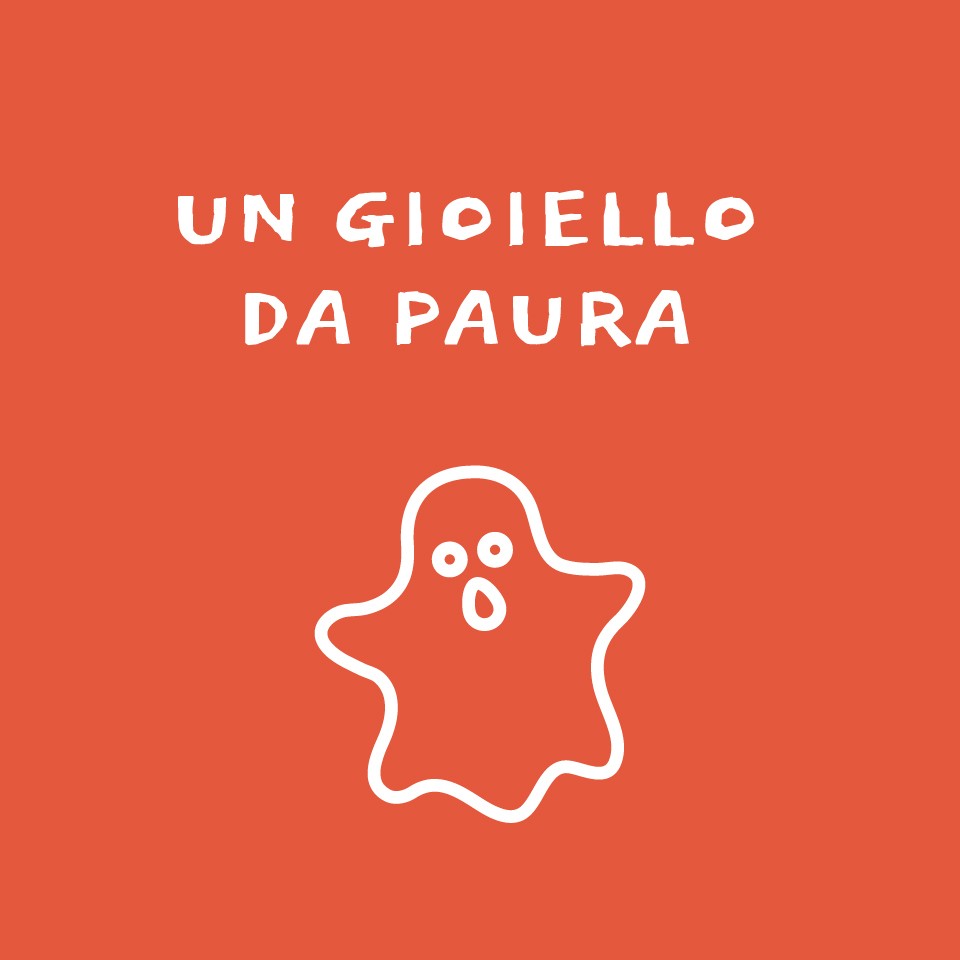




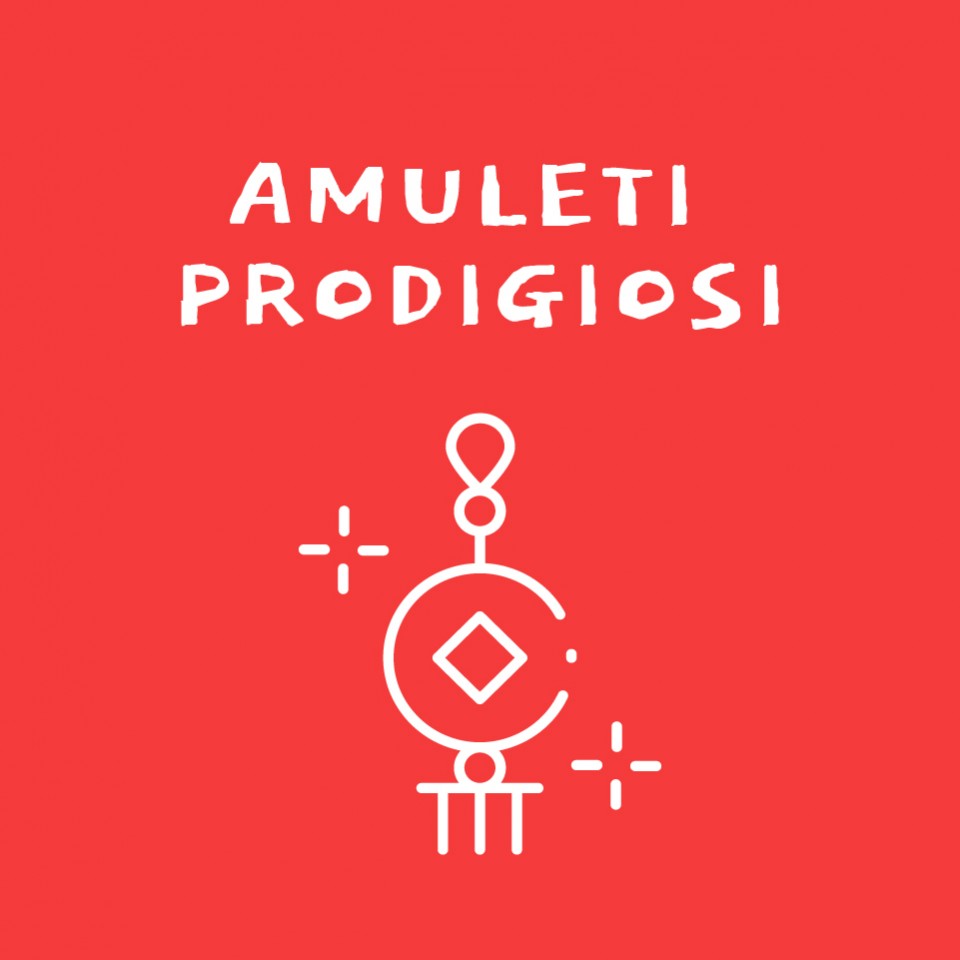



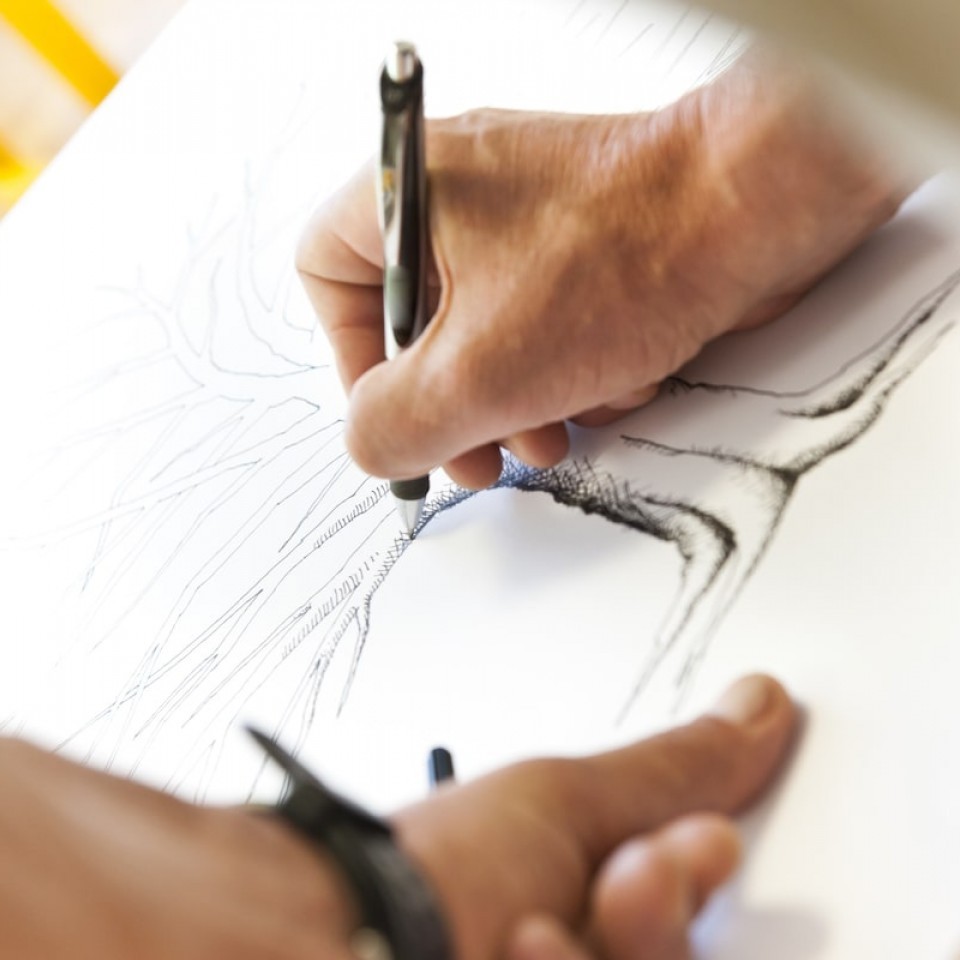





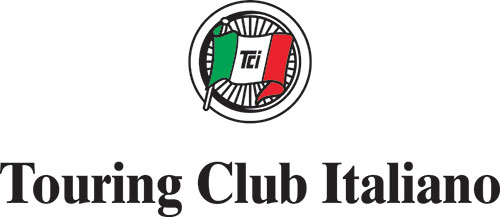






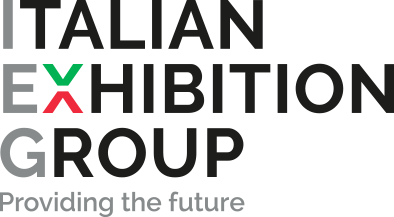
Follow us on social networks
Subscribe to the newsletter